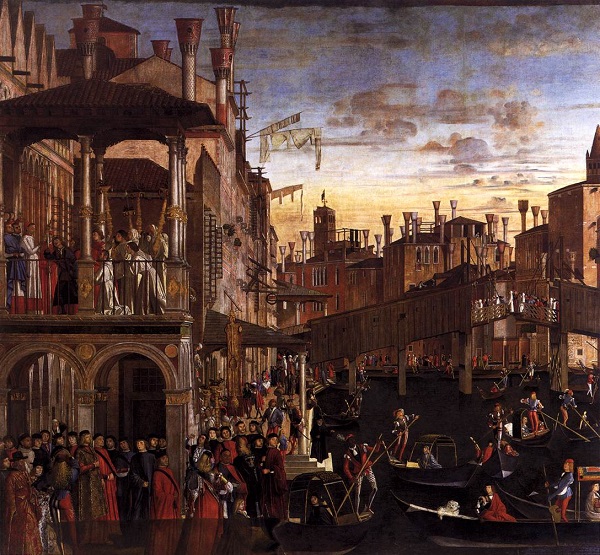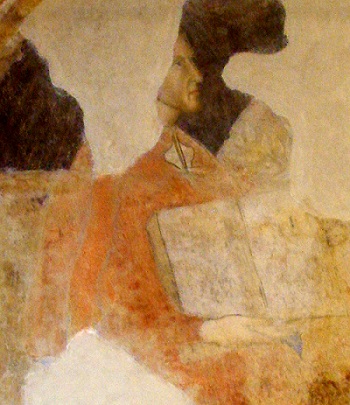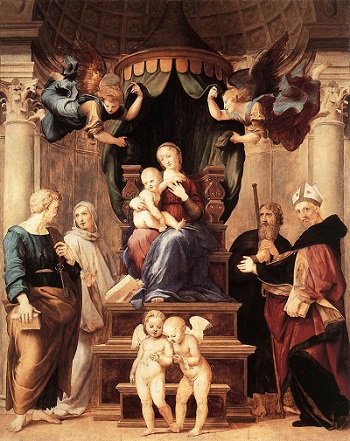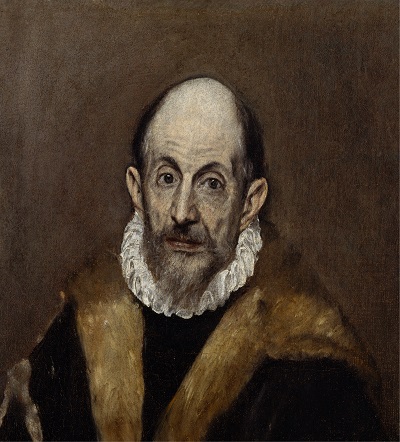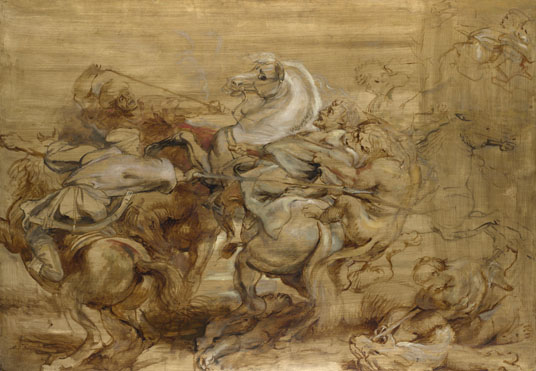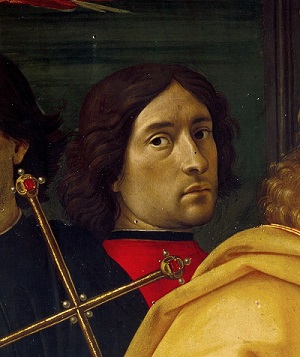
(Self portrait from Adoration of the Magi 1488)
Domenico Ghirlandaio (1449 – 1494) was an Italian Renaissance painter, frescoist mosaicist from Florence. Among his many apprentices was Michelangelo. he is responsible for some wonderful pieces of art and this is the first of a series of blogs on these artworks.
Ghirlandaio’s full name is given as Domenico di Tommaso Curradi di Doffo Bigordi; it appears, therefore, that his father’s surname was Curradi and his grandfather’s Bigordi. Domenico, the eldest of eight children, was at first apprenticed to a jeweler or a goldsmith, most likely his own father. The nickname “Il Ghirlandaio” (garland-maker) came to Domenico from his father, a goldsmith who was famed for creating the metallic garland-like necklaces worn by Florentine women. In his father’s shop, Domenico is said to have made portraits of the passers-by, and he was eventually apprenticed to Alessio Baldovinetti to study painting and mosaic.
Ghirlandaio began his work in country churches in the immediate vicinity of Florence, at Cercina and Brozzi, his guardians were the Vespucci, the most important family in his neighborhood, whose most illustrious member was Amerigo Vespucci the great explorer. This family commissioned Ghirlandaio in 1471 to decorate their mortuary chapel in the church of Ognissanti in Florence. He devoted himself fully to painting in San Gimignano.
Ghirlandaio’s earliest surviving work can be found in a parish church close to Florence. In 1471, he painted a fresco in a side apse of the small parish church of Sant’Andrea in the town of Cercina. Within the small space of the apse he created an illusory architectural setting consisting of three niches separated by Corinthian pilasters. In the centre niche Saint Barbara is standing on the body of her father, who has been struck down by lightning. On either side of her are Saints Jerome and Anthony. Everything is arranged to highlight the female saint. The gentle colors in which she is depicted, purple and a light, almost violet red, harmonize her with the golden orange of the capitals and upper part of the apse. The large square under her niche is also painted in a reddish brown imitation marble to emphasize the central axis, while the squares on either side correspond to the muted colours of the two hermits.
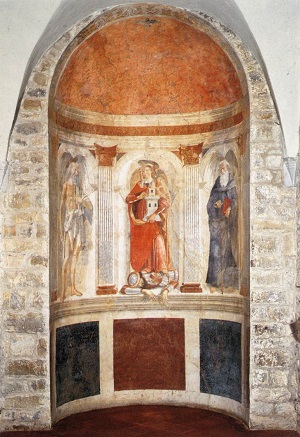
His first paintings were in the Chapel of the Vespucci at Ognissanti, representing a dead Christ and some saints, and a Misericordia over an arch, containing an early portrait of Amerigo Vespucci.
The date of the chapel’s construction is 1472 and the frescoes can be dated immediately afterward. In these Ognissanti frescoes the inspiration of Baldovinetti is marginal; more obvious are certain elements acquired from Andrea del Castagno and some clear, vivid colors that are reminiscent of Domenico Veneziano. Most interesting, however, is the artistic personality of Ghirlandaio himself, so well defined at this early age, and that attentive observation of man in every physical and interior detail that made him such an able portraitist. The following are two of the frescoes painted in the Ognissanti.
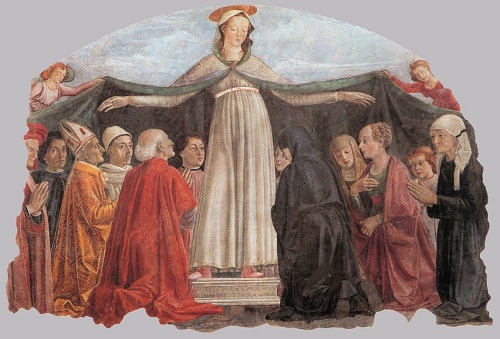
(Madonna of Mercy ca. 1472)
Here is the old man, probably the head of the family, seen from behind, kneeling, solidly built, his lean face with its hard features softened by the whiteness of his fine hair. The older woman in a cloak stands out in a contrast of lights and colors. Serenely clear, on the other hand, is the younger woman, with her hair gathered into plaits and her ample forehead shaved back according to the Florentine fashion of the time. The expression on the face of the boy, thought to be Amerigo Vespucci, is intense; his face, with its full lips and large clear eyes, is still chubby, pinkish and childlike. Domenico’s attention seems to have lingered on the figures, perhaps in prayer, right there in Ognissanti, his brush faithfully reproducing and individualizing the features of each of them.
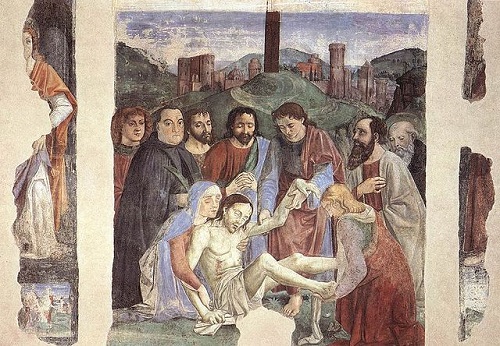
The fresco beneath that of the Madonna is the Lamentation Over the Dead Christ. Marked by the signs of grief, Mary is embracing her dead son. Mary Magdalene and Saint John are holding Christ’s arms and legs, his hands and feet marked with the stigmata. Around the group are six other saints, including, on the right, Joseph of Arimathea and Nicodemus. Behind them, on the Hill of Golgotha, the trunk of the Cross is towering up in front of a view of the city of Jerusalem.
In the next blog I will look at his frescos in the Chapel of Saint Fina.

